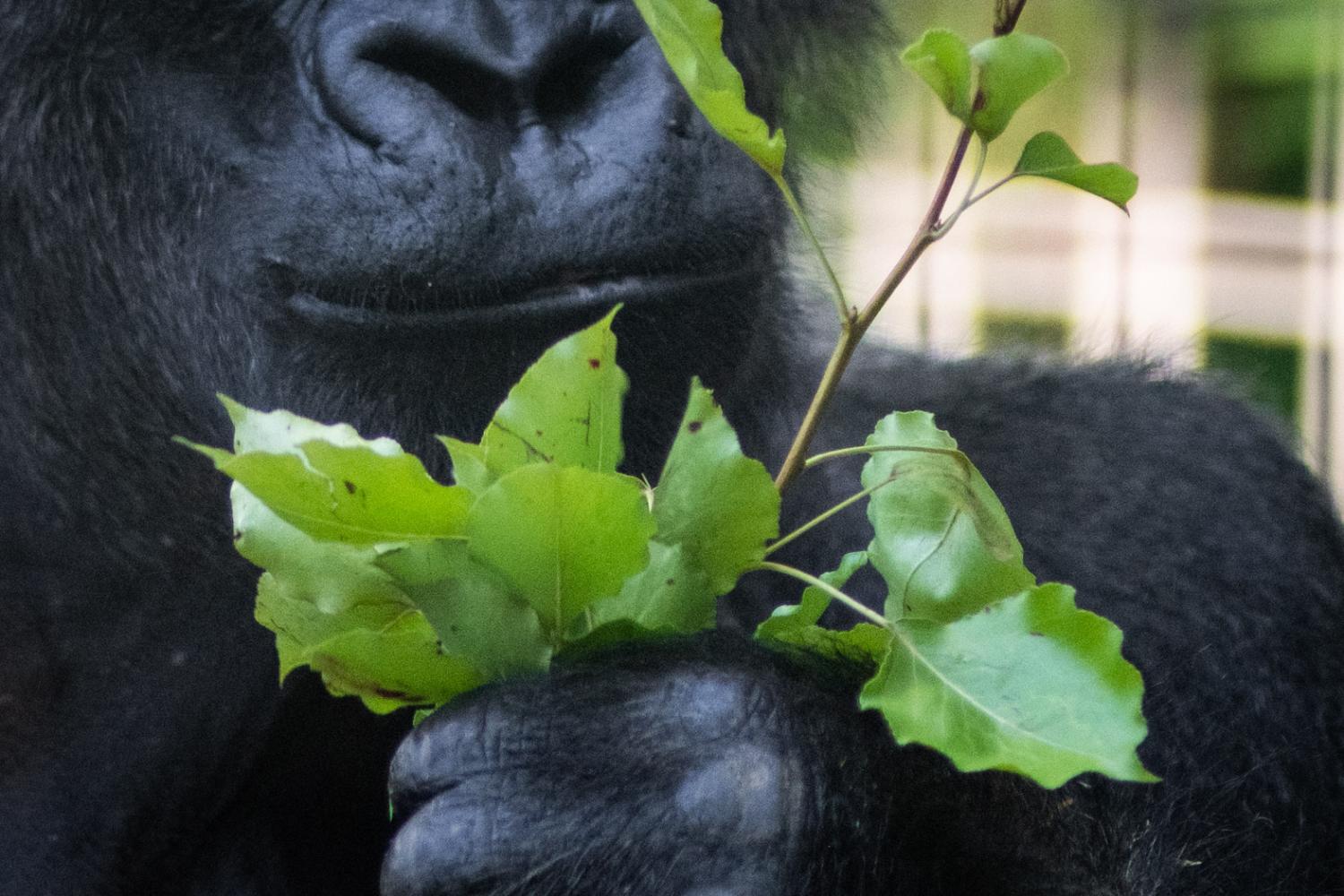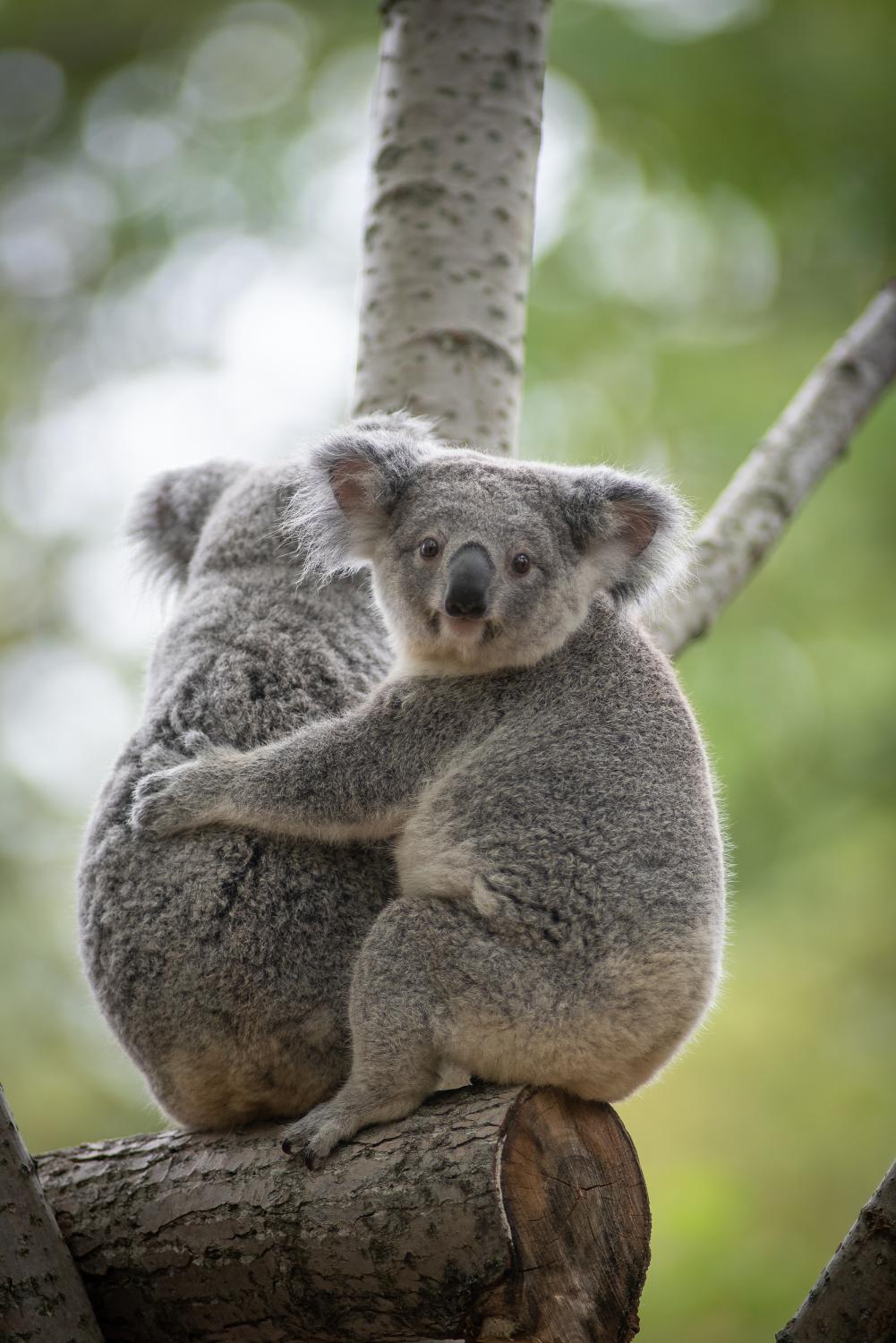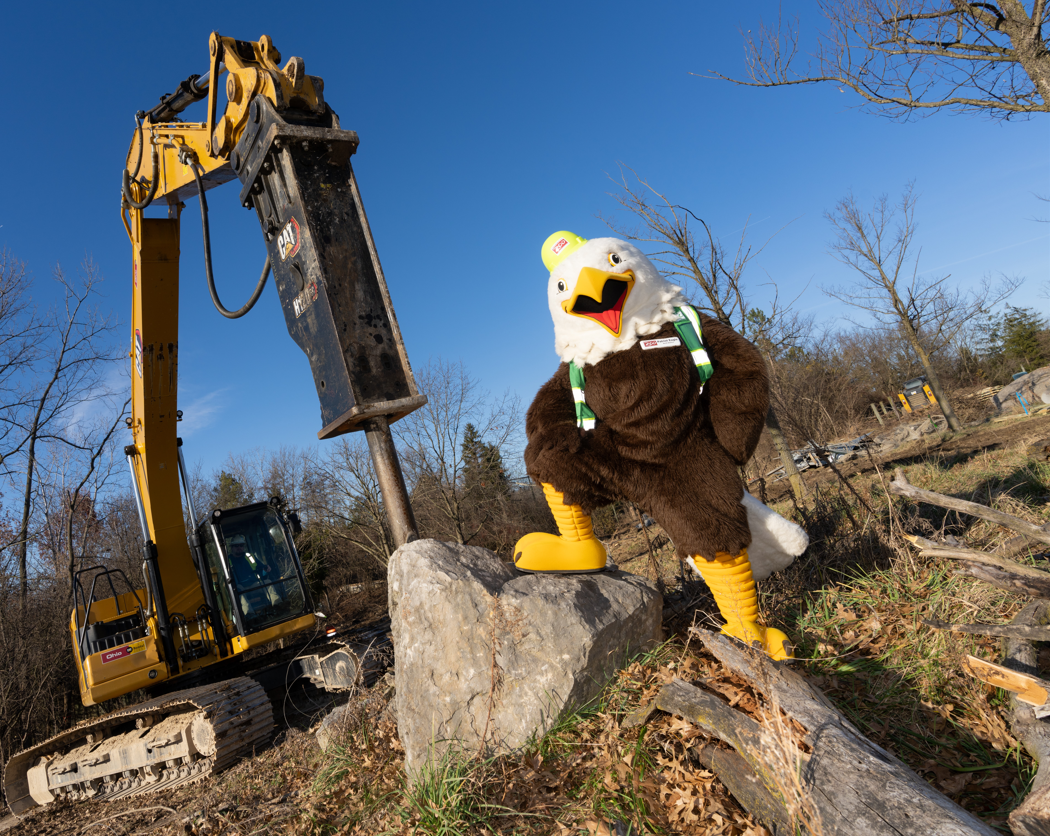As construction for the North America Project continues to make great progress, guests visiting the Zoo may notice that many trees have been removed from the region. While it is always difficult to see trees removed, it is a necessary step to ready the land for new buildings, landscaping, and state-of-the-art animal habitats. However, as part of our constant strive for sustainability, these trees will not be wasted!
Since the beginning of planning and discussions about the North America Trek Project, the Columbus Zoo and Aquarium ensured that salvaging the trees in the area of redevelopment was a large part of the project goal.
Before the design phase of the project began, trees were measured and rated by an arborist as Poor, Fair, Good or Excellent condition. The Zoo's Design team then used the tree assessment to help determine where parts of trees could be preserved and where to concentrate improvements to mitigate those impacts during construction.
So, how is the Zoo repurposing the removed trees?

Browse
Browse is natural vegetation or plant material provided to animals for them to eat or interact with. This can include leaves, branches, twigs, and other plant parts that mimic the natural diet and environment of the animals. Animal browse serves various purposes, such as providing nutrition, encouraging natural foraging behaviors, and offering environmental enrichment for their wellbeing. It helps simulate the conditions of their native ranges and promotes physical and mental stimulation.
Many of the trees will be used as part of the Columbus Zoo and Aquarium's ongoing browse program. Following approval from the Columbus Zoo’s skilled veterinarians, species of trees and plants may be offered to the animals throughout the Zoo to chew on and, in some cases, eat as part of their diet.
Fun Fact: Since the beginning of August 2023, over 80,000 linear feet of browse has been collected from trees that are being removed for the first phase of North America construction!

Reused as perching or deadfall for animal habitats throughout the Zoo
The remainder of each “browsable” tree will be used for perching and deadfall in animal habitats. Browse horticulturist, Dave Liggett, explained, "There are additional tree species that can be used for animals that won’t chew on the tree. For example, we will be repurposing oak trees removed for North America Phase I construction as deadfall in the new North American river otter, black bear, and Mexican wolf habitats -- but we will not use oak trees in a habitat with ruminants, like the Savanna in Heart of Africa."
Over time, all perching and deadfall needs to be replaced. So far, the Design team has placed tree trunks from North America Phase I construction into the Savanna, koala habitat, elephant habitat, and the behind-the-scenes eagle habitat.

Relocated to a behind-the-scenes location for re-use in North America Trek habitats
Several of the salvaged trees will be kept for future use once habitats are closer to completion following construction.
The Columbus Zoo and Aquarium also has plans to not only replace the fallen trees but to replace and multiply what was previously planted. Karen Schenk, The Zoo’s Senior Director of Planning and Design, said, "The Columbus Zoo and Aquarium is committed to improving the environment for our guests, wildlife and the animals in the Zoo. While approximately 100 trees had to be removed, we plan to install over 300 trees, focusing on native trees and plants being used wherever possible."

How You Can Help
We look forward to watching the North America Project progress, and we will be sure to provide updates on significant milestones for Phase One of construction!
Want to learn more about our ongoing redevelopment of the Zoo's historic North America region? Check out our blog.









